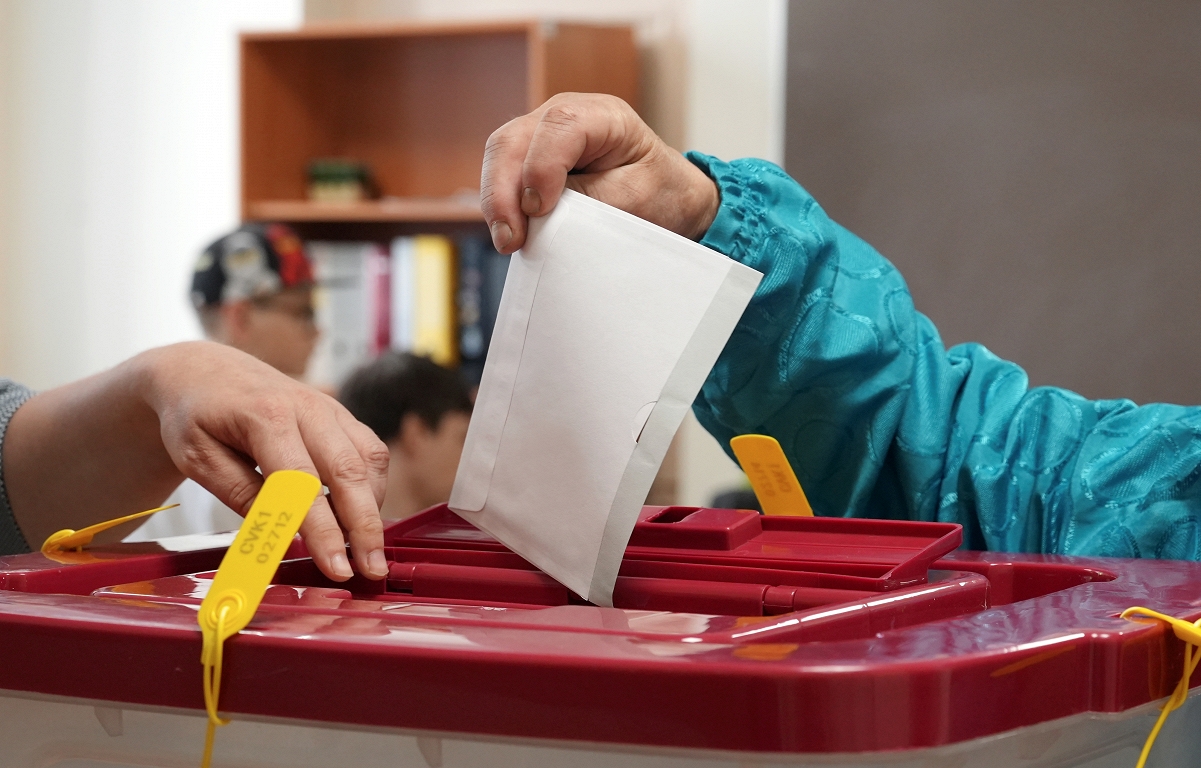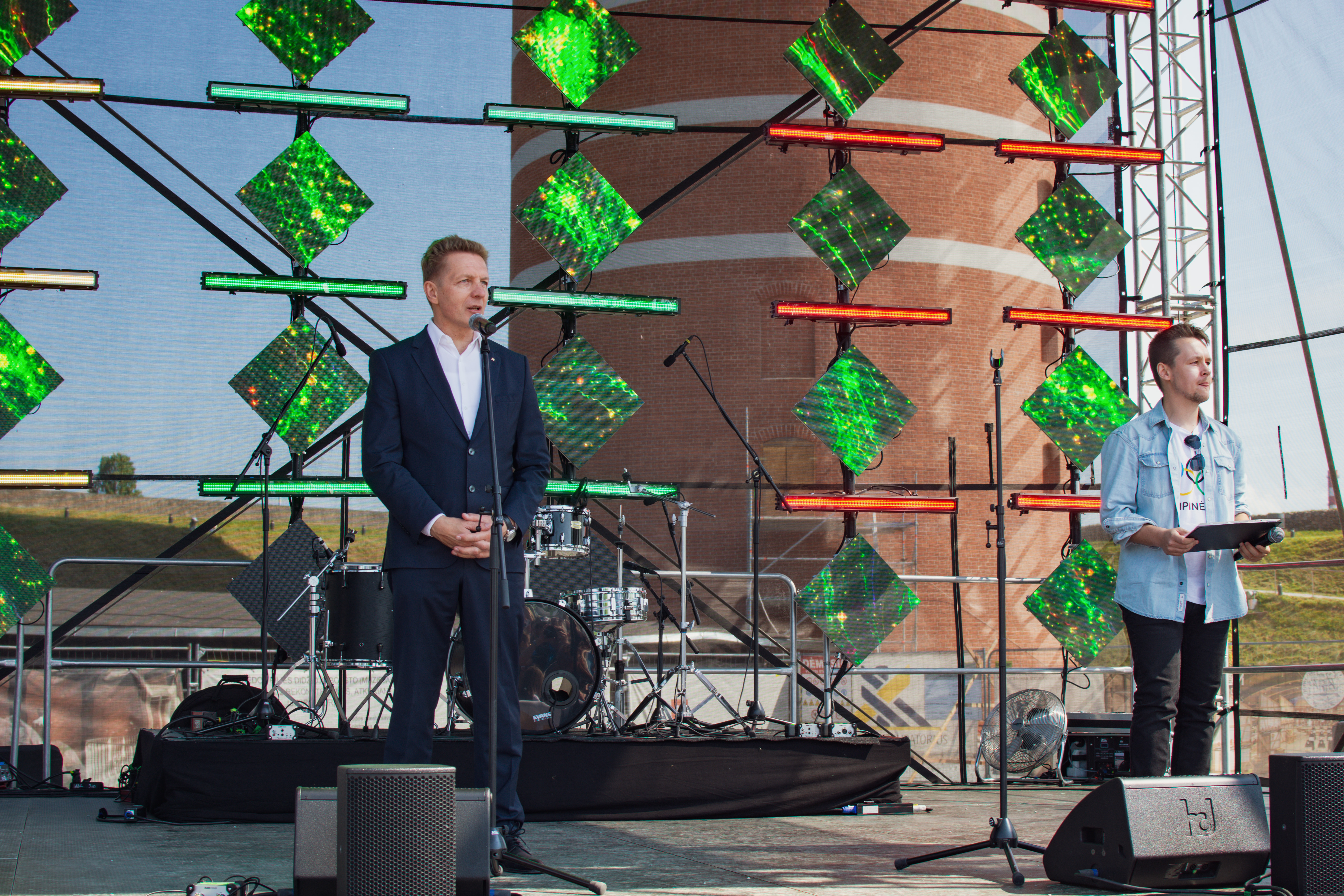Rescue continues their research in the midst of aftershocks, the WHO evokes a maximum urgency – Liberation

The earth again trembled this Sunday, March 30, in Mandalay’s disaster victimwhere help attempt to find survivors trapped in the day after the day after the powerful earthquake which left at least 1,700 dead in Burma. In addition, there are 3,400 injured and 300 missing, according to the latest assessment communicated by the junta. The extent of the disaster still remains difficult to assess With precision and the experts fear that these figures will still be revised upwards. Especially since the civil conflict which has lasted since the 2021 coup has decimated the health system, which exposes the country to a crisis of magnitude.
The World Health Organization (WHO) announced this Sunday evening to have « Classified this level 3 emergency crisis » ; It is the maximum level of activation of its emergency intervention program. « Preliminary assessments indicate a high number of victims and injuries related to trauma, with urgent needs for emergency care »said the organization. At the same time, she appealed to find $ 8 million, in order to save lives and prevent epidemics over the next 30 days. The WHO has already dispatched nearly 3 tonnes of medical supplies to Mandalay and Naycyidaw hospitals, where thousands of injured are taken care of.
A little earlier in the day, the Red Cross appealed to harvest more than $ 100 million for an emergency for « Completely to 100,000 people (20,000 households) ». A « Grave shortage » From medical supplies weakens the assistance deployed on the spot, warned the UN. Rescue operations are also complicated by the damage suffered by hospitals and other health infrastructure, as well as by roads and communication networks. China, the European Union, India and the United States have also decided to lend a hand, responding to the call of the head of the junta min Aung Hlaing, in a rare sign of openness to the international community.
International agencies have warned that Burma could not afford a disaster of this size. Before the earthquake, the United Nations estimated that fifteen million Burmese, or around a third of the population, would be affected by the risk of famine in 2025.
On the middle of the day on Friday (local time), the earthquake of magnitude 7.7, shallow – which increased its impact – was followed a few minutes later by a magnitude 6.7 shock. Since then, replicas have been perceptible, still felt this Sunday around 7:30 am (1h30 French time) in Mandalay. Another shock, 5.1 amplitude according to the USGS, was repeated around 2 p.m. (8:30 am French time), aggravating the distress of the inhabitants.
The replica caused the collapse of residential buildings and bridges, or creates the roads of the ancient royal capital. Elsewhere in the city, the emergency services are organized to help the victims and seek survivors. The rescuers believed this Sunday having rescued a pregnant woman, who spent about fifty hours under the rubble of a residential building, but they were only able to see his death shortly after.
The earthquake, the most powerful that Burma has experienced in several decades, was felt to Bangkok, the Thai capital, where 18 people died, mainly in the collapse of a tower under construction. Help always hope to extract alive from workers from the 30 -storey site under construction which collapsed under the effect of the earthquake. The operation mobilized large mechanical shovels, sniff dogs and thermal imaging drones to identify signs of life.
The shock, extremely rare in Bangkok, has also caused cracks and weakened the structure of many buildings. Local authorities announced the deployment of specialists to repair 165 buildings on Sunday.
Update : At 8:23 p.m., with the addition of WHO declarations.







